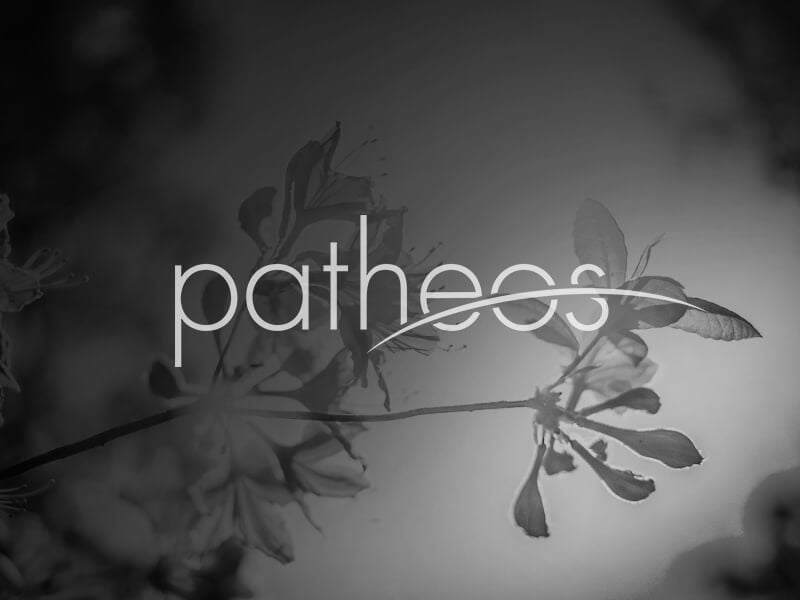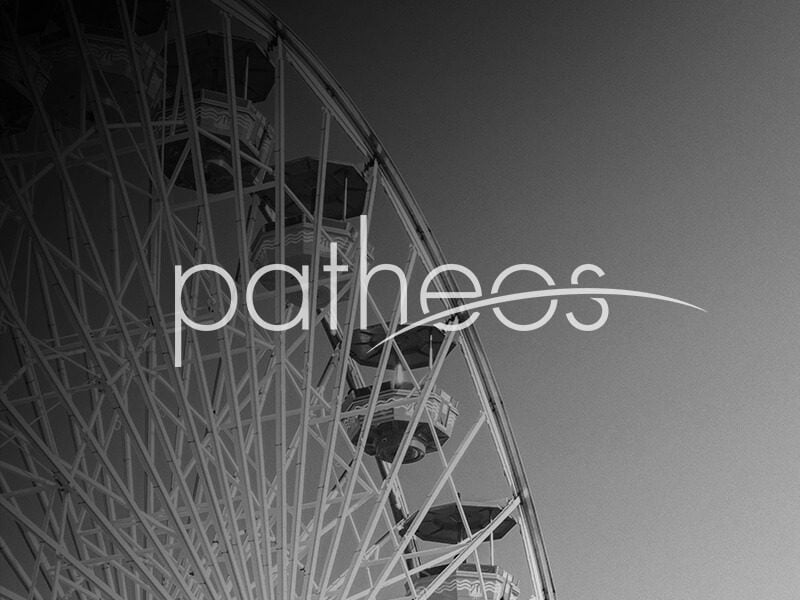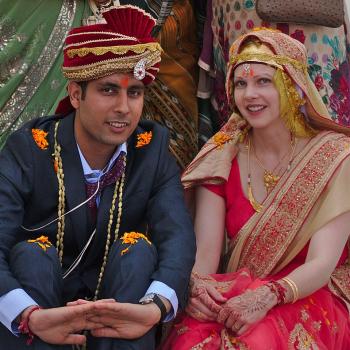Assessing the impact of Hellenism on Egyptian culture, Jan Assmann (The Mind of Egypt) argues that “The Hellenistic project was not a bid to hellenize the east but to find forms of expression in which indigenous traditions could be made transparent and translatable. Hellenism provided local traditions with a common idiom that allowed for a newly sophisticated and flexible mode of self-expression” (424). This was a challenge to Egyptian practice, who worried that “foreigners might act in a blasphemous way... Read more




















